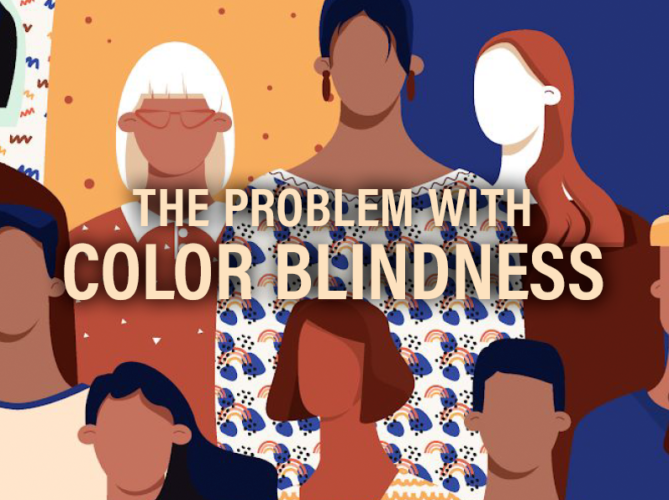
On January 20, ESD 112 staff examined the potential harm caused by a colorblind rhetoric, and how it preserves structural racism and inequality.
Susan Peng-Cowan, a Prevention & Intervention Trainer for ESD 112, facilitated an informal staff learning session sponsored by our Equity, Inclusion, and Diversity Committee. For those who could not attend, Susan has shared her Google slide deck below:
The Problem with Color Blindness (Google Slide Deck)
For those who are using Lunch and Learn materials to discuss in staff teams, Susan also provided additional follow up prompts excerpted from the book, Colorblind Racism by Meghan Burke.
- How familiar do these common themes of colorblind racism sound, from the ways that you’ve heard race discussed in everyday life?
- Who benefits from a widespread belief in color blindness?
- What proportion of the race talk that you observe is overt? Where does it occur, and by whom?
- To what extent has the history you’ve learned been colorblind?
- What was your prior perception of the Civil Rights Movement – both its areas of focus, and how much it was able to achieve?
____________________
Registration is open for two additional spring 2021 sessions:
- The Real Story of St. Patrick, Wed, March 17, 2021, 12:00-1:00 pm
- Celebrating the Diversity of Neurodiversity, Wed, May 19, 2021, 12:00-1:00 pm
____________________
Questions or suggestions? Email us at equity@esd112.org

Leave A Comment